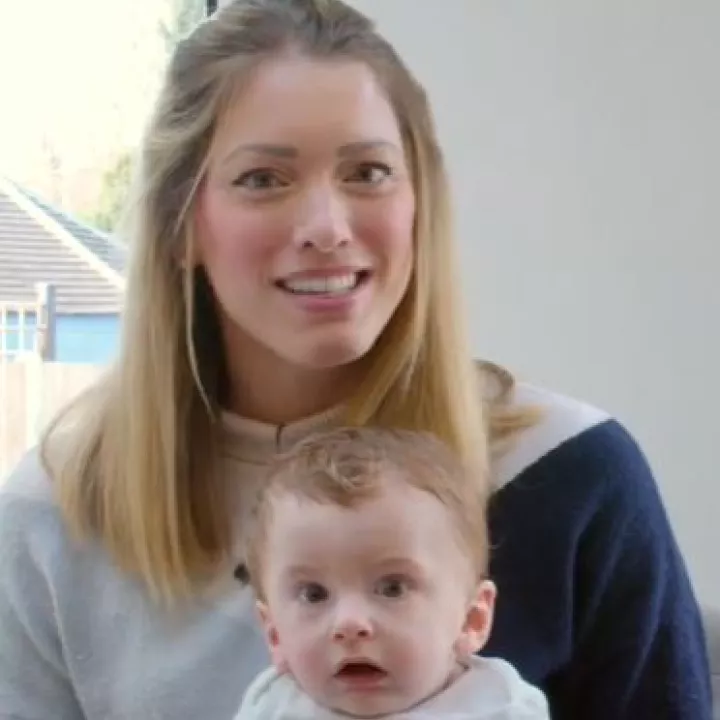Spinal muscular atrophy is a genetic neuromuscular disorder. It causes the death of motor neurons (needed for movement) and progressive muscle wasting.
There are five subtypes of SMA (SMA 0-5), based on when symptoms appear, and which symptoms are present. Infants with SMA Type 0/1 usually do not reach the age of four if a suitable treatment cannot be found, while individuals with SMA Type 4 (adult-onset SMA) have a normal life expectancy.
The symptoms most commonly seen in severe SMA include overall muscle weakness and ‘floppiness’, difficulty feeding and swallowing, and respiratory issues. Infants may have difficulty reaching developmental milestones, or may lose skills they had already mastered.
Traditional treatment has SMA has focused managing symptoms and discomfort through physiotherapy and occupational therapy. Spinal fusion may be performed to relieve pressure on the lungs, and ventilation may be used to assist with breathing.
In Europe, children under twenty-four months may be eligible for a gene therapy (Zolgensma, authorised by the EMA for use in Europe in 2020) which provides a functional copy of the mutated gene causing the condition, and restoring nerve function. This is the only treatment for SMA which has made it through clinical trials.
Some private clinics offer blood stem cell transplants as a treatment for SMA; however, there is no scientific or clinical evidence indicating that this is an effective approach.
Here you will find information about SMA, research into treatments, and what supports are available if you or a loved one are living with SMA.
